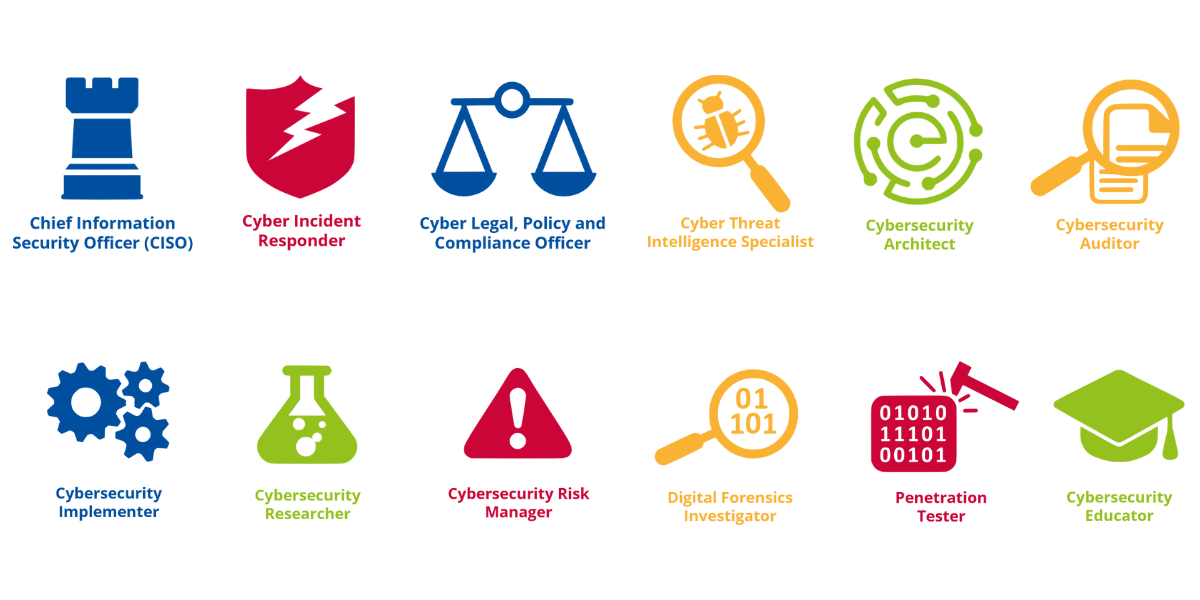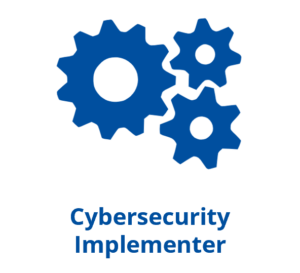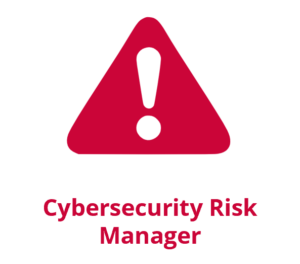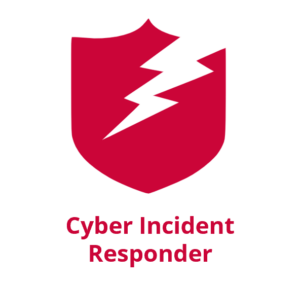Buying & Building Cyber Services


Accreditation Pathway & Membership


Skills, Certifications & Careers


News, Events & Research


Buying & Building Cyber Services


Accreditation Pathway & Membership


Skills, Certifications & Careers


News, Events & Research


About Us


Login to profile


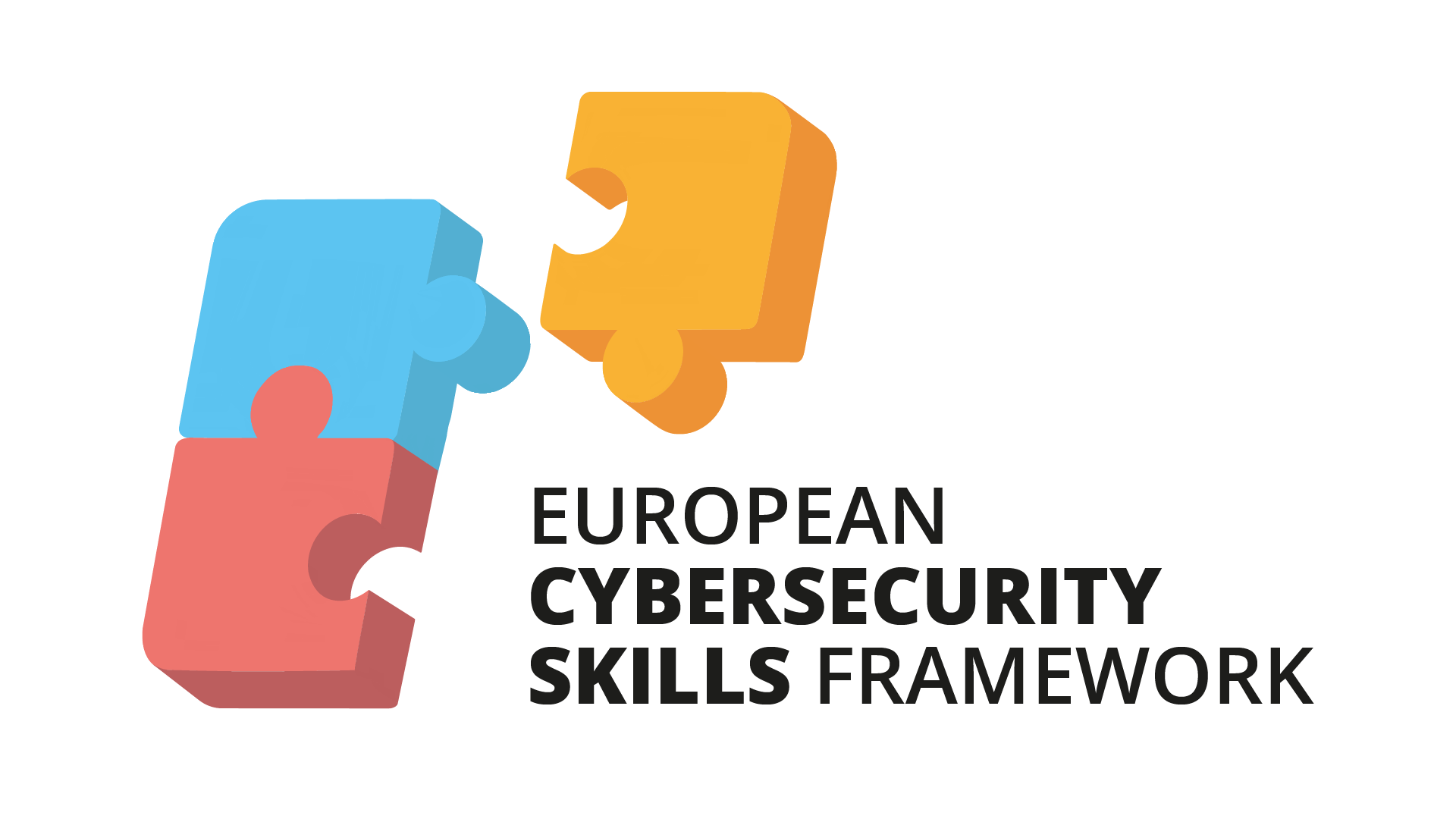 As a strong supporter of standardisation in the cyber industry, we've joined forces with The European Union Agency for Cybersecurity (ENISA) to map our certifications to its European Cyber Security Framework (ECSF).
As a strong supporter of standardisation in the cyber industry, we've joined forces with The European Union Agency for Cybersecurity (ENISA) to map our certifications to its European Cyber Security Framework (ECSF).